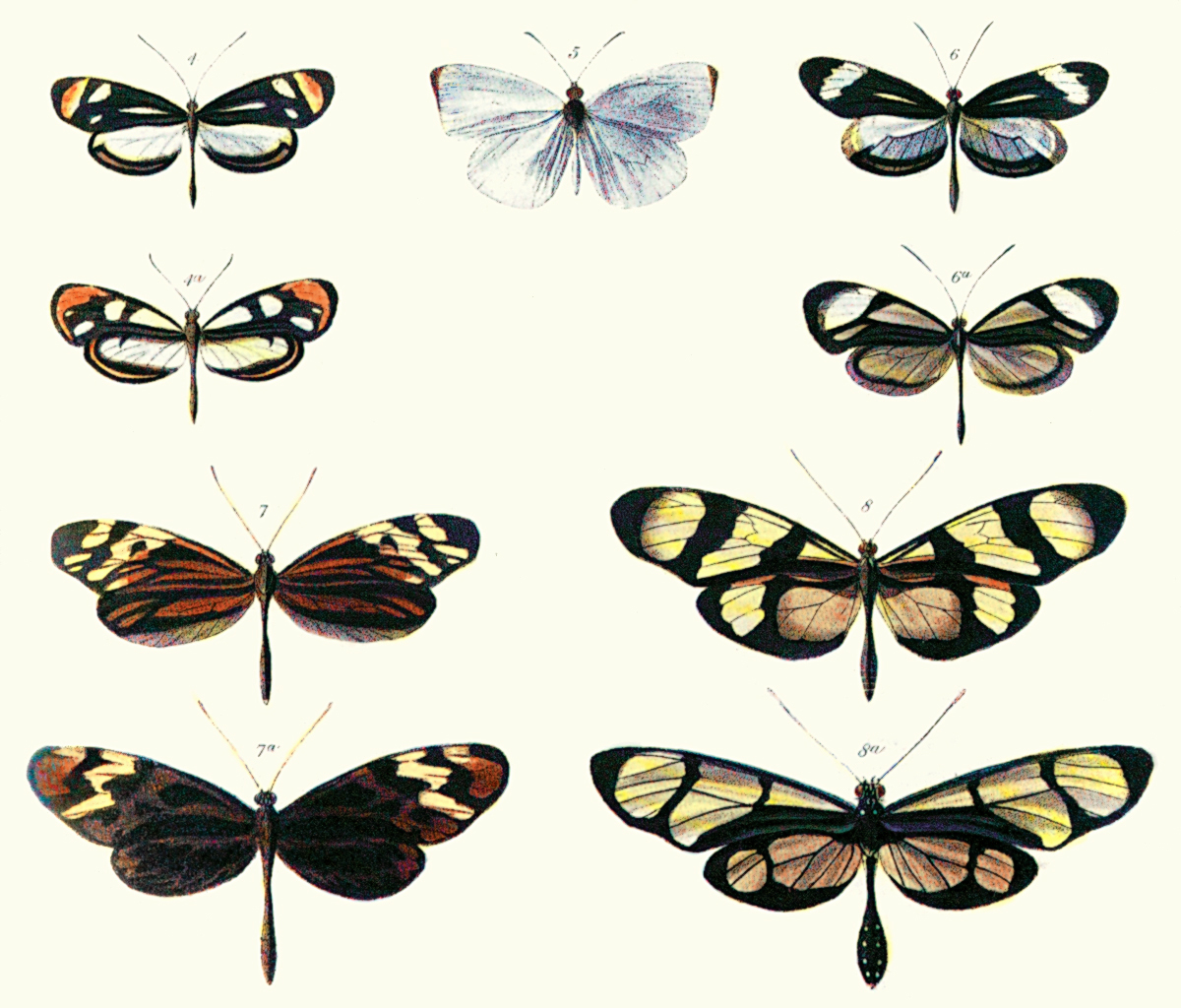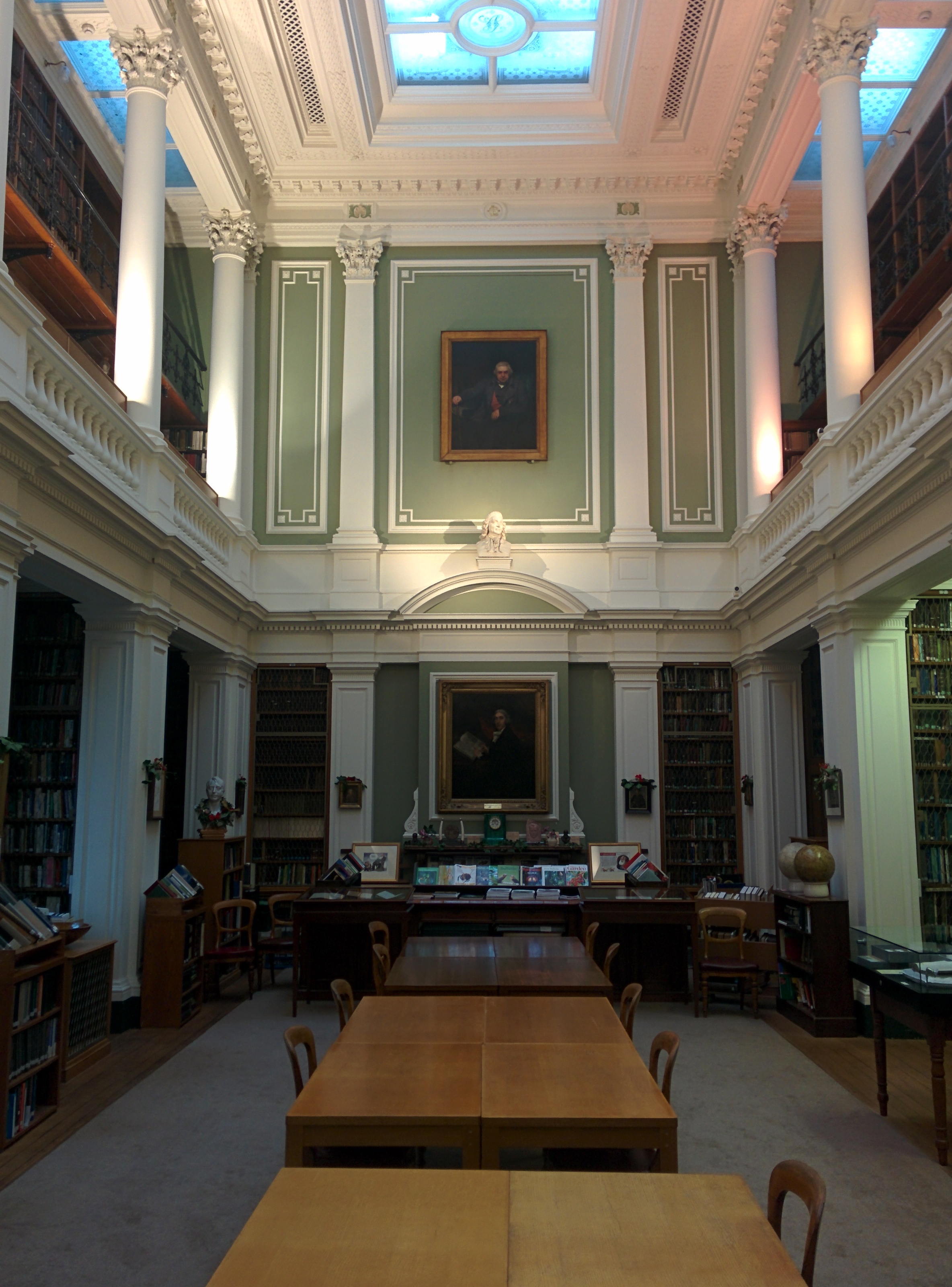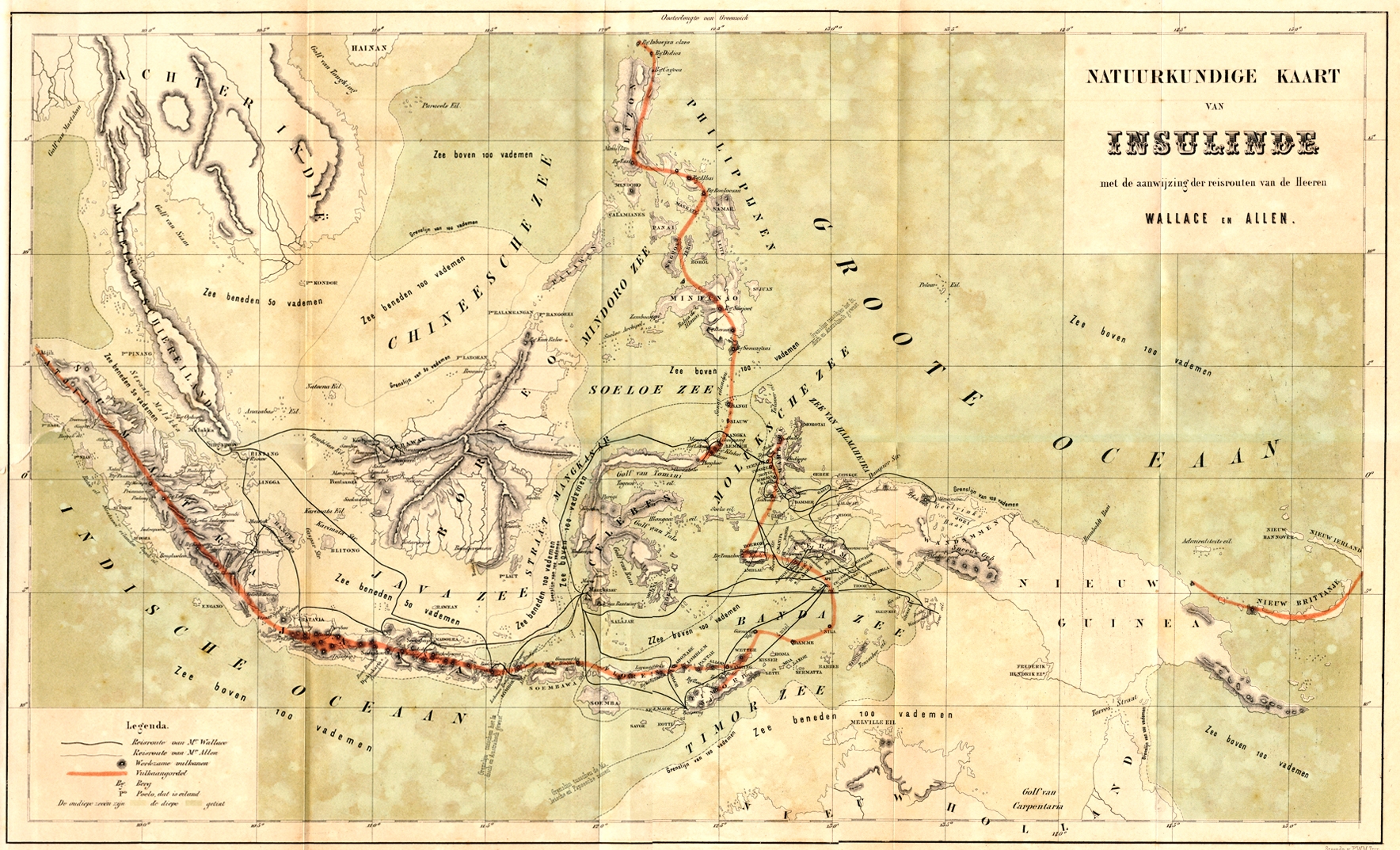|
Batesian Mimicry
Batesian mimicry is a form of mimicry where a harmless species has evolved to imitate the warning signals of a harmful species directed at a predator of them both. It is named after the English naturalist Henry Walter Bates, who worked on butterflies in the rainforests of Brazil. Batesian mimicry is the most commonly known and widely studied of mimicry complexes, such that the word mimicry is often treated as synonymous with Batesian mimicry. There are many other forms however, some very similar in principle, others far separated. It is often contrasted with Müllerian mimicry, a form of mutually beneficial convergence between two or more harmful species. However, because the mimic may have a degree of protection itself, the distinction is not absolute. It can also be contrasted with functionally different forms of mimicry. Perhaps the sharpest contrast here is with aggressive mimicry where a predator or parasite mimics a harmless species, avoiding detection and improving its ... [...More Info...] [...Related Items...] OR: [Wikipedia] [Google] [Baidu] |
Electrolocation
Electroreception and electrogenesis are the closely related biological abilities to perceive electrical stimuli and to generate electric fields. Both are used to locate prey; stronger electric discharges are used in a few groups of fishes, such as the electric eel, to stun prey. The capabilities are found almost exclusively in aquatic or amphibious animals, since water is a much better Conductor (material), conductor of electricity than air. In passive electrolocation, objects such as prey are detected by sensing the electric fields they create. In active electrolocation, fish generate a weak electric field and sense the different distortions of that field created by objects that conduct or resist electricity. Active electrolocation is practised by two groups of weakly electric fish, the order Gymnotiformes (knifefishes) and family Mormyridae (elephantfishes), and by the monotypic genus ''Gymnarchus'' (African knifefish). An electric fish generates an electric field using an Elect ... [...More Info...] [...Related Items...] OR: [Wikipedia] [Google] [Baidu] |
Animal Coloration
Animal coloration is the general appearance of an animal resulting from the reflection or emission of light from its surfaces. Some animals are brightly coloured, while others are hard to see. In some species, such as the peafowl, the male has strong patterns, conspicuous colours and is iridescent, while the female is far less visible. There are several separate reasons why animals have evolved colours. Camouflage enables an animal to remain hidden from view. Animals use colour to advertising in biology, advertise services such as cleaning symbiosis, cleaning to animals of other species; to signalling theory, signal their Sexual selection, sexual status to other members of the same species; and in mimicry, taking advantage of the aposematism, warning coloration of another species. Some animals use flashes of colour to divert attacks by deimatic behaviour, startling predators. Zebras may possibly use motion dazzle, confusing a predator's attack by moving a bold pattern rapidly ... [...More Info...] [...Related Items...] OR: [Wikipedia] [Google] [Baidu] |
Antipredator Adaptation
Anti-predator adaptations are mechanisms developed through evolution that assist Predation, prey organisms in their constant struggle against predators. Throughout the animal kingdom, adaptations have evolved for every stage of this struggle, namely by avoiding detection, warding off attack, fighting back, or escaping when caught. The first line of defence consists in avoiding detection, through mechanisms such as camouflage, Masquerade (biology), masquerade, apostatic selection, living underground, or nocturnality. Alternatively, prey animals may ward off attack, whether by advertising the presence of strong defences in aposematism, by mimicry, mimicking animals which do possess such defences, by deimatic behaviour, startling the attacker, by signalling theory, signalling to the predator that pursuit is not worthwhile, by distraction display, distraction, by using defensive structures such as spines, and by social animal, living in a group. Members of groups are at selfish herd ... [...More Info...] [...Related Items...] OR: [Wikipedia] [Google] [Baidu] |
The Naturalist On The River Amazons
''The Naturalist on the River Amazons'', subtitled ''A Record of the Adventures, Habits of Animals, Sketches of Brazilian and Indian Life, and Aspects of Nature under the Equator, during Eleven Years of Travel'', is an 1863 book by the British naturalist Henry Walter Bates about his expedition to the Amazon basin. Bates and his friend Alfred Russel Wallace set out to obtain new species and new evidence for evolution by natural selection, as well as exotic specimens to sell. He explored thousands of miles of the Amazon and its tributaries, and collected over 14,000 species, of which 8,000 were new to science. His observations of the coloration of butterflies led him to discover Batesian mimicry. The book contains an evenly distributed mixture of natural history, travel, and observation of human societies, including the towns with their Catholic processions. Only the most remarkable discoveries of animals and plants are described, and theories such as evolution and mimicry are b ... [...More Info...] [...Related Items...] OR: [Wikipedia] [Google] [Baidu] |
Transactions Of The Linnean Society Of London
The Linnean Society of London is a learned society dedicated to the study and dissemination of information concerning natural history, evolution, and taxonomy. It possesses several important biological specimen, manuscript and literature collections, and publishes academic journals and books on plant and animal biology. The society also awards a number of prestigious medals and prizes. A product of the 18th-century enlightenment, the society is the oldest extant biological society in the world and is historically important as the venue for the first public presentation of the theory of evolution by natural selection on 1 July 1858. The patron of the society is Anne, Princess Royal. Honorary members include: King Charles III of the United Kingdom, Emeritus Emperor Akihito of Japan, King Carl XVI Gustaf of Sweden (both of the latter have active interests in natural history), and the eminent naturalist and broadcaster Sir David Attenborough. History Founding The Linnean ... [...More Info...] [...Related Items...] OR: [Wikipedia] [Google] [Baidu] |
Linnean Society Of London
The Linnean Society of London is a learned society dedicated to the study and dissemination of information concerning natural history, evolution, and Taxonomy (biology), taxonomy. It possesses several important biological specimen, manuscript and literature collections, and publishes academic journals and books on plant and animal biology. The society also awards a number of prestigious medals and prizes. A product of the Age of Enlightenment, 18th-century enlightenment, the society is the oldest extant biological society in the world and is historically important as the venue for the first public presentation of the theory of evolution by natural selection on 1 July 1858. The patron of the society is Anne, Princess Royal. Honorary members include: King Charles III of the United Kingdom, Emeritus Emperor Akihito of Japan, King Carl XVI Gustaf of Sweden (both of the latter have active interests in natural history), and the eminent naturalist and broadcaster Sir David Attenboroug ... [...More Info...] [...Related Items...] OR: [Wikipedia] [Google] [Baidu] |
Morphology (biology)
Morphology (from Ancient Greek μορφή (morphḗ) "form", and λόγος (lógos) "word, study, research") is the study of the form and structure of organisms and their specific structural features. This includes aspects of the outward appearance (shape, structure, color, pattern, size), as well as the form and structure of internal parts like bones and organs, i.e., anatomy. This is in contrast to physiology, which deals primarily with function. Morphology is a branch of life science dealing with the study of the overall structure of an organism or taxon and its component parts. History The etymology of the word "morphology" is from the Ancient Greek (), meaning "form", and (), meaning "word, study, research". While the concept of form in biology, opposed to function, dates back to Aristotle (see Aristotle's biology), the field of morphology was developed by Johann Wolfgang von Goethe (1790) and independently by the German anatomist and physiologist Karl Fried ... [...More Info...] [...Related Items...] OR: [Wikipedia] [Google] [Baidu] |
Heliconiinae
The Heliconiinae, commonly called heliconians or longwings, are a subfamily of the brush-footed butterflies (family (biology), family Nymphalidae). They can be divided into 45–50 genera and were sometimes treated as a separate family Heliconiidae within the Papilionoidea. The colouration is predominantly reddish and black, and though of varying wing shape, the forewings are always elongated tipwards, hence the common name. Most longwings are found in the Tropics, particularly in South America; only the Argynnini are quite diverse in the Holarctic. Especially tropical species feed on poisonous plants, characteristically Passifloraceae vines, as larvae, becoming poisonous themselves. The adult butterflies announce their acquired toxicity with strong aposematic colours, warning off would-be predators. There are several famous cases of Batesian mimicry, Batesian and Müllerian mimicry both within this group and with other butterflies. Other commonly seen food plants are Fabaceae ( ... [...More Info...] [...Related Items...] OR: [Wikipedia] [Google] [Baidu] |
Ithomiinae
Ithomiini is a butterfly tribe in the nymphalid subfamily Danainae. It is sometimes referred to as the tribe of clearwing butterflies or glasswing butterflies. Some authors consider the group to be a subfamily (Ithomiinae). These butterflies are exclusively Neotropical, found in humid forests from sea level to 3000 m, from Mexico to Argentina. There are around 370 species in some 40–45 genera. Ithomiini biology Ithomiines are unpalatable because their adults seek out and sequester pyrrolizidine alkaloids from plants that they visit, especially composite flowers (Asteraceae) and wilted borages (Boraginaceae). The slow-flying adults are Müllerian mimics of each other as well as of many other Lepidoptera. Henry Walter Bates referred to a "transparency group" of Amazon butterfly species. It was originally with seven species belonging to six different genera. Reginald Punnett suggested 28 species of this peculiar facies are known, though some are excessively rare. The major ... [...More Info...] [...Related Items...] OR: [Wikipedia] [Google] [Baidu] |
Alfred Russel Wallace
Alfred Russel Wallace (8 January 1823 – 7 November 1913) was an English naturalist, explorer, geographer, anthropologist, biologist and illustrator. He independently conceived the theory of evolution through natural selection; his 1858 paper on the subject was published that year On the Tendency of Species to form Varieties; and on the Perpetuation of Varieties and Species by Natural Means of Selection, alongside extracts from Charles Darwin's earlier writings on the topic. It spurred Darwin to set aside the Natural Selection (manuscript), "big species book" he was drafting and to quickly write an Abstract (summary), abstract of it, which was published in 1859 as ''On the Origin of Species''. Wallace did extensive fieldwork, starting in the Amazon River basin. He then did fieldwork in the Malay Archipelago, where he identified the faunal divide now termed the Wallace Line, which separates the Indonesian archipelago into two distinct parts: a western portion in which the ani ... [...More Info...] [...Related Items...] OR: [Wikipedia] [Google] [Baidu] |
Amazon Rainforest
The Amazon rainforest, also called the Amazon jungle or Amazonia, is a Tropical and subtropical moist broadleaf forests, moist broadleaf tropical rainforest in the Amazon biome that covers most of the Amazon basin of South America. This basin encompasses , of which are covered by the rainforest. This region includes territory belonging to nine nations and 3,344 Indigenous territory (Brazil), indigenous territories. The majority of the forest, 60%, is in Amazônia Legal, Brazil, followed by Peruvian Amazonia, Peru with 13%, Amazon natural region, Colombia with 10%, and with minor amounts in Bolivia, Ecuador, French Guiana, Guyana, Suriname, and Venezuela. Four nations have "Amazonas (other), Amazonas" as the name of one of their first-level administrative regions, and France uses the name "Guiana Amazonian Park" for French Guiana's protected rainforest area. The Amazon represents over half of the total area of remaining rainforests on Earth, and comprises the largest a ... [...More Info...] [...Related Items...] OR: [Wikipedia] [Google] [Baidu] |








